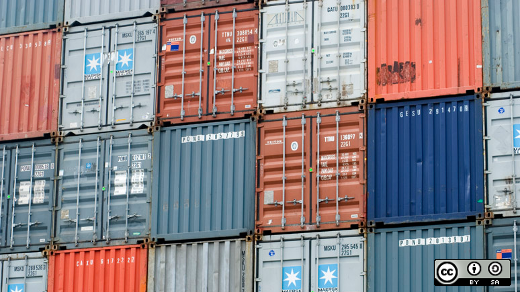I know I've posted recently about containers, but I still regret not starting to use them earlier. It was because my hosting was 'working' and I did not see the need. But once I started getting more issues with upgrading some applications, I realised the benefits of containers.
Pre-made containers get distributed with just what's necessary to run the application it contains. With a container engine, like Podman, Docker, or CRI-O, you can run a containerized application without installing it in any traditional sense. Container engines are often cross-platform, so even though containers run Linux, you can launch containers on Linux, macOS, or Windows.
One thing I had to get to grips with, was depending on the image you use to create your container, some just require pulling a new image to update the application, and some require the upgrade to be run as normal within the running application. You also want to be sure to do regular backups of any external volumes, as these contain user data that is not recreated by the container.
See
3 steps to start running containers today#
technology #
containers #
docker #
podman #
hosting 
Whether you're interested in them as part of your job, for future job opportunities, or just out of interest in new technology, containers can seem pretty overwhelming to even an experienced systems administrator. So how do you actually get started with containers? And what's the path from containers to Kubernetes? Also, why is there a path from one to the other at all? As you might expect, the best place to start is the beginning. [OS_EMBEDDED_MENU_RIGHT:]